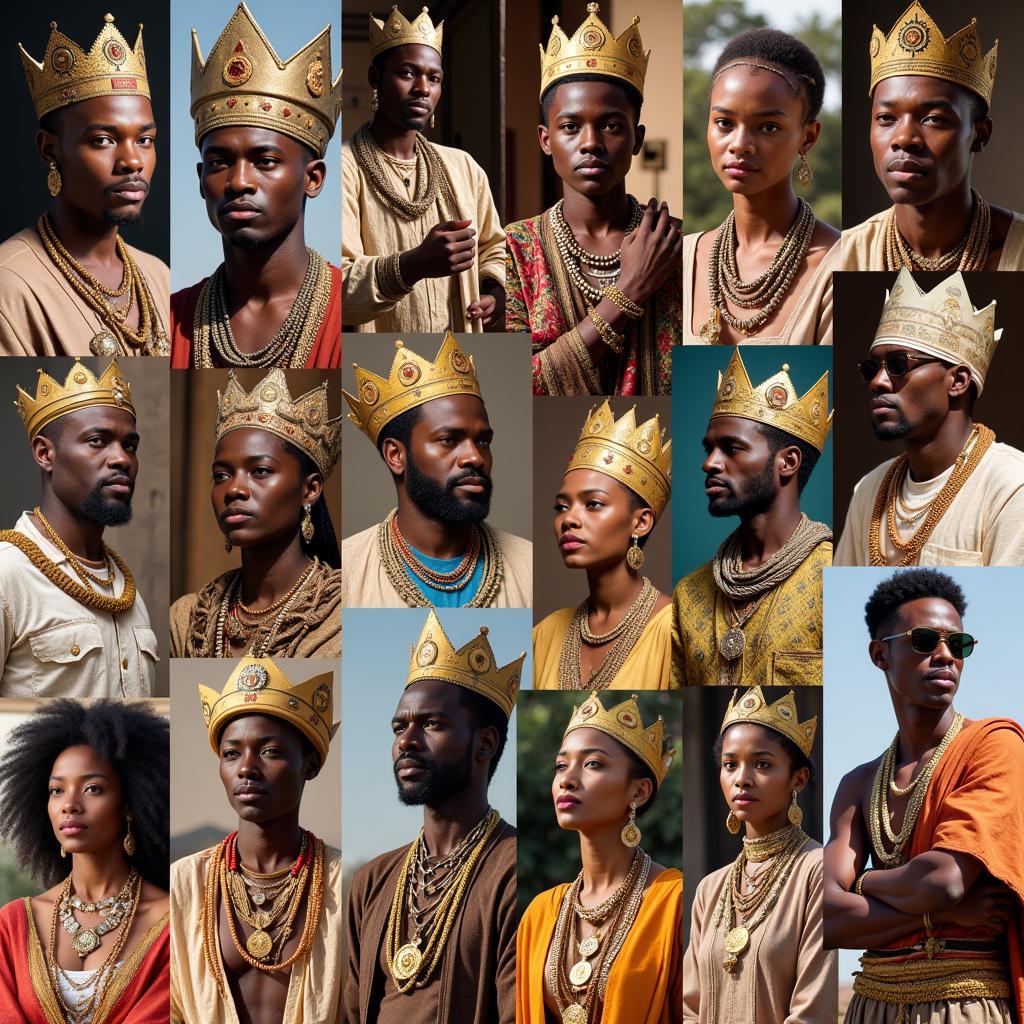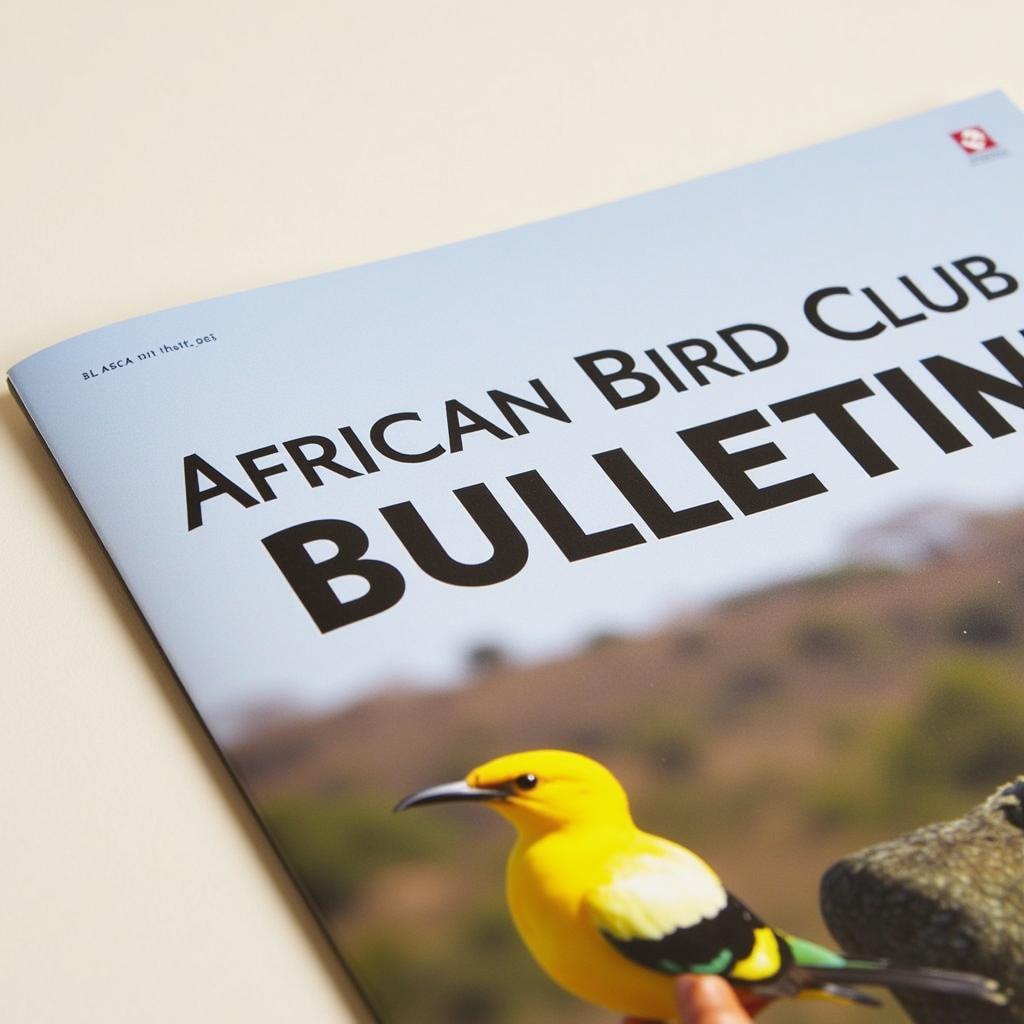Exploring the African Bongo: More Than Just a Drum
The African Bongo often evokes images of rhythmic drumming, yet it represents much more than a musical instrument. From its role in traditional ceremonies to the endangered antelope that shares its name, the term “African bongo” encompasses a rich tapestry of cultural significance and natural wonder. This article delves into the multifaceted meanings of “African bongo,” exploring both the instrument and the animal, highlighting their unique contributions to African heritage and biodiversity. After reading this, you’ll have a new appreciation for what ‘African bongo’ means. Check out these African bongo rhythms.
The Bongo Drum: A Heartbeat of African Music
The bongo drum, a small, double-headed percussion instrument, holds a prominent place in various African musical traditions. Its distinctive sound, created by striking the drumheads with the fingers and palms, adds a vibrant layer of rhythm and texture to musical ensembles. From Cuban son to Afrobeat, the bongo’s influence extends across diverse genres, reflecting its adaptability and infectious energy. Bongo drums are often played in pairs, allowing for complex rhythmic patterns.
The construction of the bongo varies across different regions and cultures. Traditionally, bongo drums are crafted from hollowed-out wood, with animal skin stretched taut over the openings to create the drumheads. The size and shape of the drums can also differ, impacting the specific tones they produce. Some drums are even made of ceramic or clay.
The Bongo Antelope: An Elusive Forest Jewel
Beyond the realm of music, the “African bongo” also refers to a strikingly beautiful antelope species native to the dense forests of Central and East Africa. The bongo is characterized by its vibrant reddish-brown coat, adorned with distinctive white stripes that provide camouflage in the dappled forest light. Their large, spiraled horns are another remarkable feature, adding to their majestic appearance. Sadly, these magnificent creatures are classified as critically endangered due to habitat loss, hunting, and disease. Conservation efforts are underway to protect the remaining bongo populations and ensure their survival for future generations.
Bongos are primarily herbivores, their diet consisting of leaves, fruits, bark, and vines. They are also known to ingest charcoal, believed to help neutralize toxins found in certain plants. Their nocturnal nature and preference for dense forest habitats make them elusive and challenging to study.
Learn about african bongo deer.
Cultural Significance and Conservation Efforts
Both the bongo drum and the bongo antelope hold cultural significance for various African communities. The drum plays an integral role in traditional ceremonies, rituals, and celebrations, serving as a powerful symbol of cultural identity and artistic expression. The antelope, in some cultures, is revered as a symbol of strength, beauty, and the interconnectedness of nature and spirituality. Protecting both the cultural heritage associated with the bongo drum and the survival of the bongo antelope is essential for preserving the richness and diversity of African heritage. For more information on the cultural aspects of bongo drums, you can explore resources on african bongo dance costumes.
What is the connection between the bongo drum and the bongo antelope?
While seemingly disparate, both share the name “bongo,” highlighting the interconnectedness of culture and nature in African traditions.
How can I support bongo antelope conservation?
Supporting organizations dedicated to wildlife conservation and habitat preservation is a crucial step in protecting endangered species like the bongo antelope.
Dr. Anika Nkosi, a renowned ethnomusicologist specializing in African musical traditions, notes, “The bongo drum is not just an instrument; it’s a voice that speaks to the heart of African culture and heritage.”
Conclusion
The “African bongo” represents more than just a word; it embodies a vibrant intersection of music, nature, and cultural heritage. From the rhythmic pulse of the bongo drum to the elusive beauty of the bongo antelope, exploring the multifaceted meanings of this term provides a deeper understanding and appreciation of the richness and diversity of African Life. Let us celebrate and protect these treasures, ensuring their continued presence in the cultural and natural landscapes of Africa. If you’re interested in exploring African music further, you might enjoy looking into african bongo drum music and african bongo music download.
FAQ
- What is the typical size of an African bongo drum?
- What is the lifespan of a bongo antelope?
- What are the primary threats to the bongo antelope population?
- What types of wood are traditionally used to make bongo drums?
- Are there different types of bongo antelope?
- What is the role of the bongo drum in African music?
- Where can I see bongo antelope in the wild?
More questions you might be interested in:
- What are some other traditional African instruments?
- What are the different subspecies of bongo antelope?
- How can I learn to play the bongo drums?
- What are the cultural significance of animal symbolism in Africa?
For more articles about African culture, wildlife, and music, please explore our website.
When you need assistance, please contact us by Phone: +255768904061, Email: kaka.mag@gmail.com, or visit our office at Mbarali DC Mawindi, Kangaga, Tanzania. We have a 24/7 customer service team.



